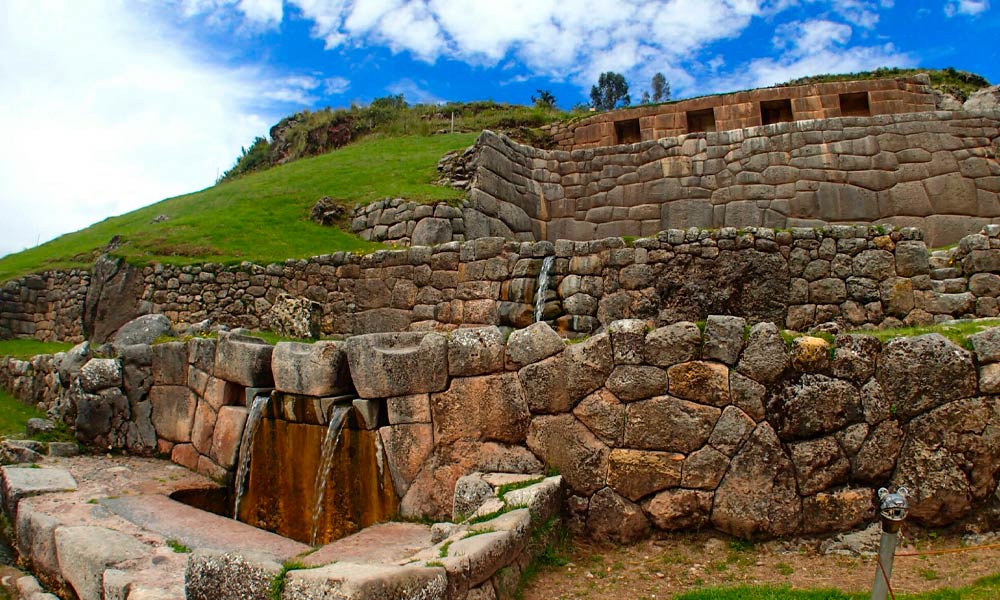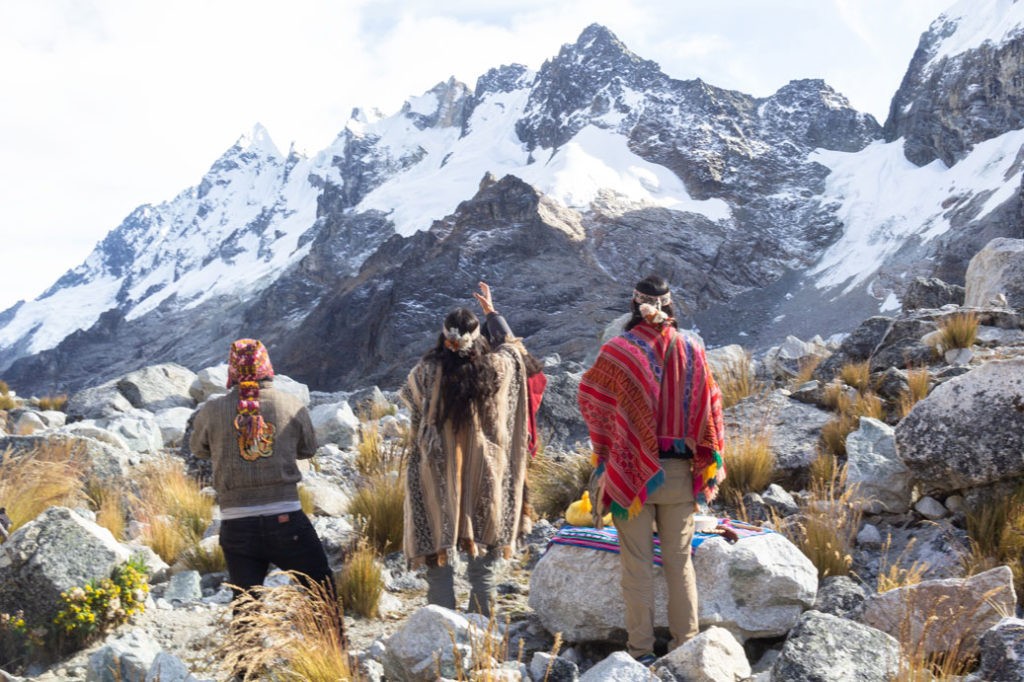The Wachuma ceremony, often called San Pedro, holds a deep place in the spiritual heritage of the Incas of Peru. Its roots trace back to the Inca civilization, a people deeply connected to the natural world and the spiritual realm. This ancient tradition revolves around the use of the San Pedro cactus (Echinopsis pachanoi), known scientifically as Echinopsis pachanoi, which is native to the Andean region.
The San Pedro cactus is considered a sacred and powerful teacher plant. In the Wachuma ceremony, the cactus is prepared and consumed in a ceremonial setting, typically led by a shaman or experienced guide. Participants embark on a journey of self-discovery, healing, and spiritual exploration.
The ceremony often takes place in natural settings, such as the highlands of the Andes or lush rainforest environments. The choice of location is significant, as it allows participants to connect with the energies of the land and the spirits of nature.
During the ceremony, the effects of the San Pedro cactus become apparent. Participants may experience heightened sensory perception, introspection, and a profound connection with the natural world. It is not uncommon to witness vivid visions or receive insights and guidance from the cactus, often described as a gentle and benevolent teacher.
The Wachuma ceremony is not only a spiritual journey but also a healing experience. Many participants report emotional release, clarity, and a sense of balance and harmony restored to their lives. It is believed that Wachuma can help individuals confront and heal past traumas, release negative emotions, and gain a deeper understanding of themselves and their life’s path.
Shamans and experienced guides play a vital role in facilitating the san pedro ceremony in Cusco. They create a safe and sacred space, guide participants through the experience, and interpret the visions and insights that arise during the ceremony. Their presence ensures that participants can fully benefit from the healing and spiritual aspects of the Wachuma journey.
In recent years, the Wachuma ceremony has gained recognition beyond Peru’s borders, drawing spiritual seekers and individuals interested in holistic healing from around the world. It is considered a complementary practice to the more well-known Ayahuasca ceremonies, offering a unique and transformative experience rooted in the ancient wisdom of the Andes.
As travelers venture to Peru in search of profound spiritual and healing experiences, the Wachuma ceremony remains a powerful and respected tradition that continues to shape lives and connect individuals with the enduring spirit of the Inca civilization.
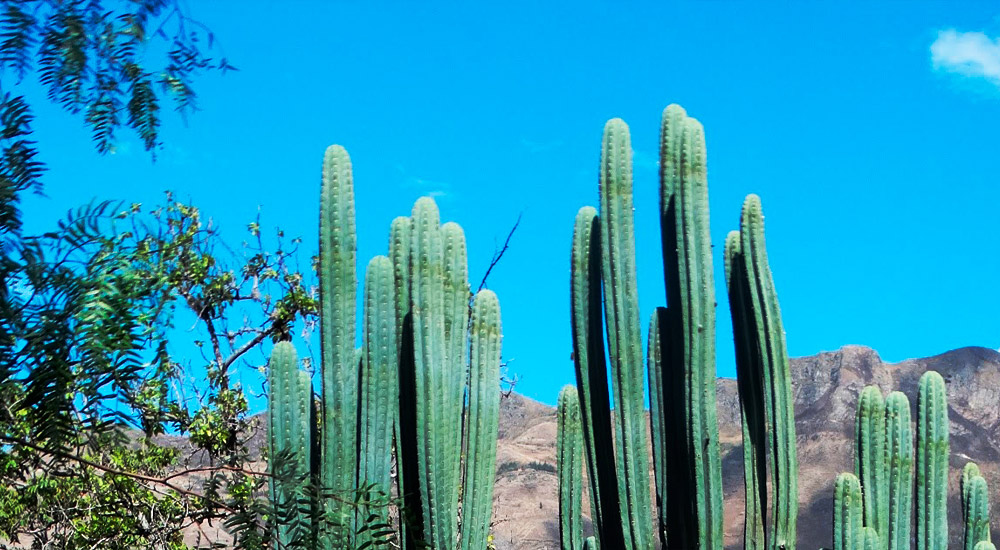
Wachuma, a sacred cactus plant, is a spiritual ally used by the Incas to connect with the divine and access deeper levels of consciousness. This sacred ceremony is conducted under the guidance of Andean shamans, who have preserved this tradition through generations, transmitting their ancestral wisdom and profound understanding of human nature.
The Wachuma ceremony offers a unique opportunity for travelers seeking a spiritual and healing experience in Peru. Through this millennia-old practice, participants can embark on an inner journey towards expanded consciousness, emotional release, and spiritual healing. During the ceremony, Wachuma acts as a gateway to a deeper dimension of being, allowing participants to access their inner wisdom and connect with the very essence of nature and the cosmos.
The ceremony takes place in sacred and natural locations, such as the Andean mountains and other ancestral sites, which exude a unique and powerful spiritual energy. Under the loving guidance of experienced shamans, participants are led through this process of introspection and transformation, where they can release emotional blocks, heal past wounds, and discover their true essence.
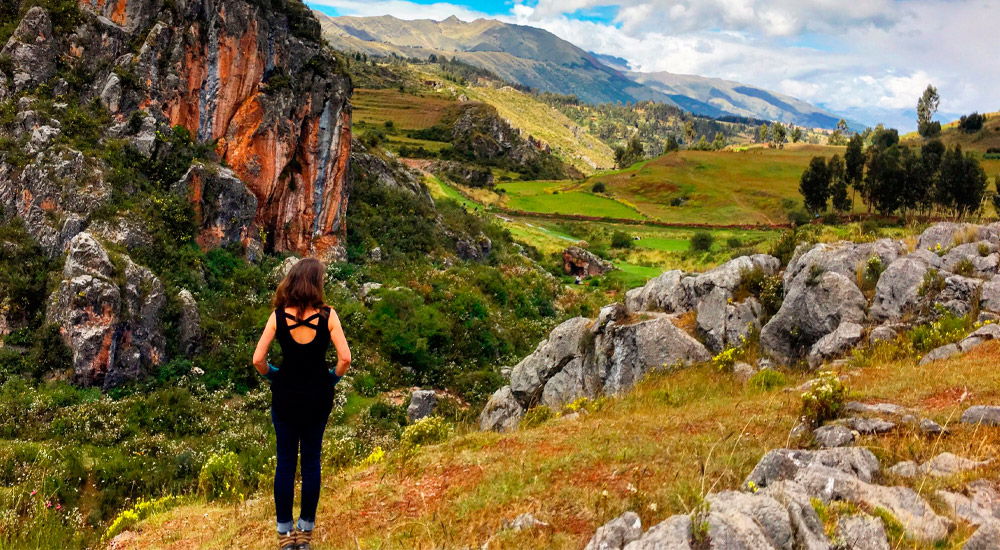
The effects of Wachuma vary for each individual, but it is commonly described as a journey of healing and self-discovery. During the ceremony, one may experience visions and sensations of connection with nature, the elements, and ancient spirits of the land. Wachuma is believed to open the heart and awaken compassion, allowing participants to experience a deeper sense of unity with everything that surrounds them.
The tradition of Wachuma is more than just a psychedelic experience; it is an opportunity to transcend the limits of the mind and ego and dive into a profound connection with the very essence of life. This sacred ceremony is conducted with respect and humility towards nature and the spiritual forces that govern it.
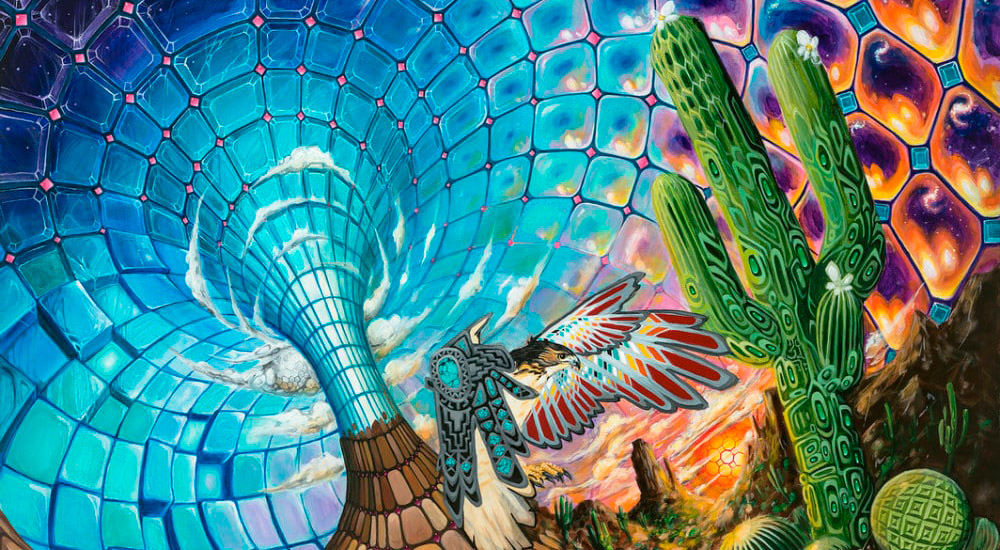
The Wachuma ceremony, guided by experienced Andean shamans, provides a profound opportunity for individuals to delve deep into their spiritual and emotional realms. This ancient tradition, hailing from the heart of Peru, embodies centuries of indigenous wisdom and reverence for the natural world.
Under the watchful guidance of these revered shamans, participants embark on a journey of self-discovery and healing. The ceremony begins with a meticulous preparation process that involves the careful collection and cleansing of the San Pedro cactus, which is believed to be the sacred conduit between the physical and spiritual realms.
The setting for the Wachuma ceremony is meticulously chosen to enhance the spiritual experience. Often held in the midst of pristine nature, such as the serene Andean highlands or lush rainforests, the environment becomes an integral part of the sacred ritual. The sights, sounds, and energies of these natural landscapes infuse the ceremony with a profound connection to the earth and its spirits.
As the ceremony commences, participants consume the San Pedro cactus, typically in the form of a potent brew. The shamans facilitate the experience with their extensive knowledge of plant medicine, using icaros (sacred songs) and other rituals to invoke the spirits and energies that guide the journey.
The effects of the San Pedro cactus begin to unfold, leading participants through a multidimensional experience. Heightened sensory perception allows them to attune to the rhythms and energies of the natural world. Visions and insights may emerge, revealing profound truths about the self and the interconnectedness of all life.
The shaman serves as a bridge between the physical and spiritual realms, interpreting the symbolic language of the visions and providing guidance along the path of inner exploration. They offer support as participants confront deep-seated emotions, past traumas, and unresolved issues, guiding them towards healing and transformation.
The Wachuma ceremony is a holistic experience that encompasses the body, mind, and spirit. It is a process of purification, emotional release, and spiritual awakening. Participants often report a sense of unity with the universe, a newfound clarity of purpose, and a profound connection to their inner wisdom.
This ancient tradition goes beyond mere spirituality; it is a powerful form of holistic healing. It helps individuals release emotional burdens, confront inner demons, and gain insight into their life’s journey. The Wachuma ceremony promotes balance, harmony, and a renewed sense of purpose in the lives of those who undertake it.
In recent years, as the world seeks alternative paths to healing and self-discovery, the Wachuma ceremony has garnered attention and respect. Travelers from diverse backgrounds and cultures journey to Peru in search of its transformative powers, drawn by the authenticity and time-honored wisdom it embodies.
In essence, the Wachuma ceremony remains a sacred doorway to the heart of Peru’s spiritual heritage. Guided by Andean shamans, it offers a unique opportunity to explore the depths of the soul, reconnect with the divine, and emerge from the experience with a profound sense of healing, wisdom, and unity with the natural world.
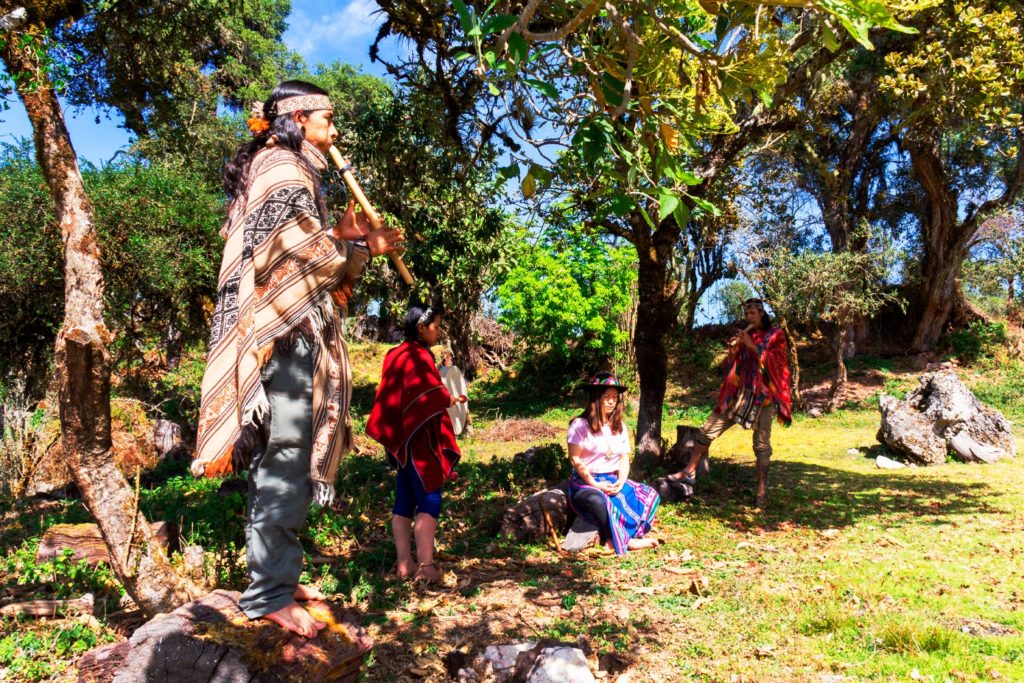
Peru, land of ancient mysteries and natural wonders, invites travelers to immerse themselves in this transformative and sacred experience. The Wachuma ceremony is an invitation to expand consciousness, release the past, and awaken to the beauty and spirituality that reside both within and without. In the heart of the Andes, the Incas left a spiritual heritage that continues to resonate in the land and in those who seek truth and healing in their spiritual journeys.

